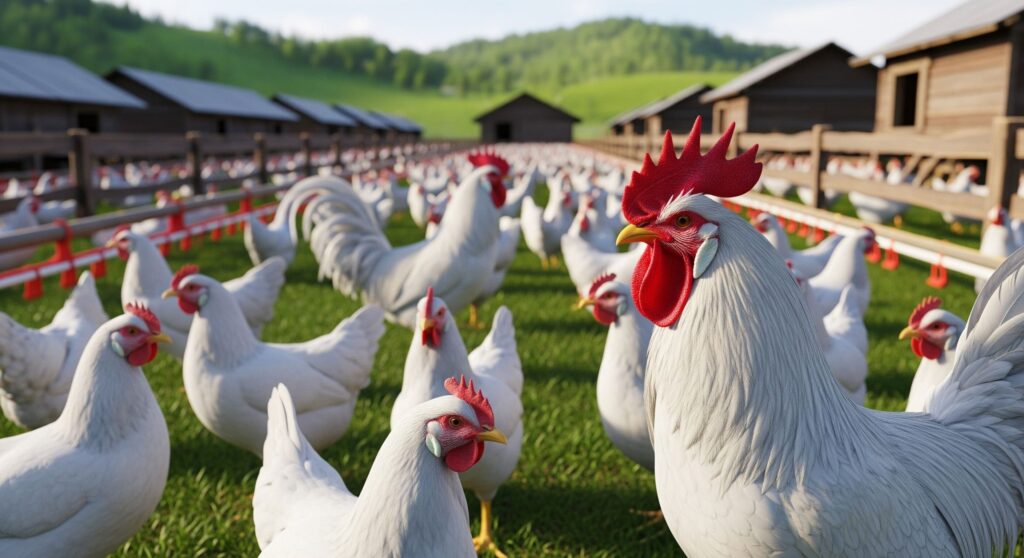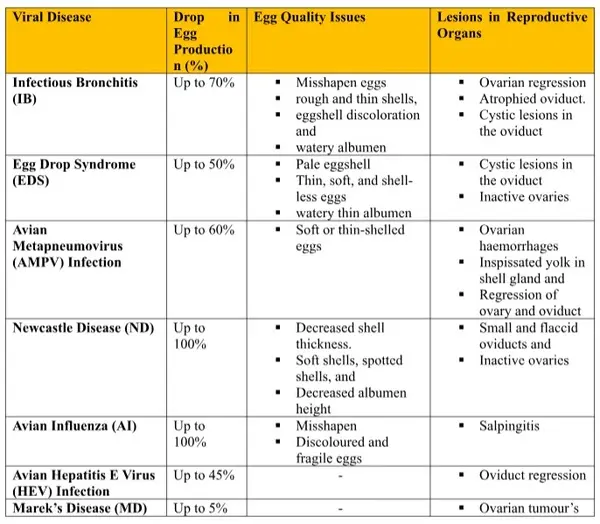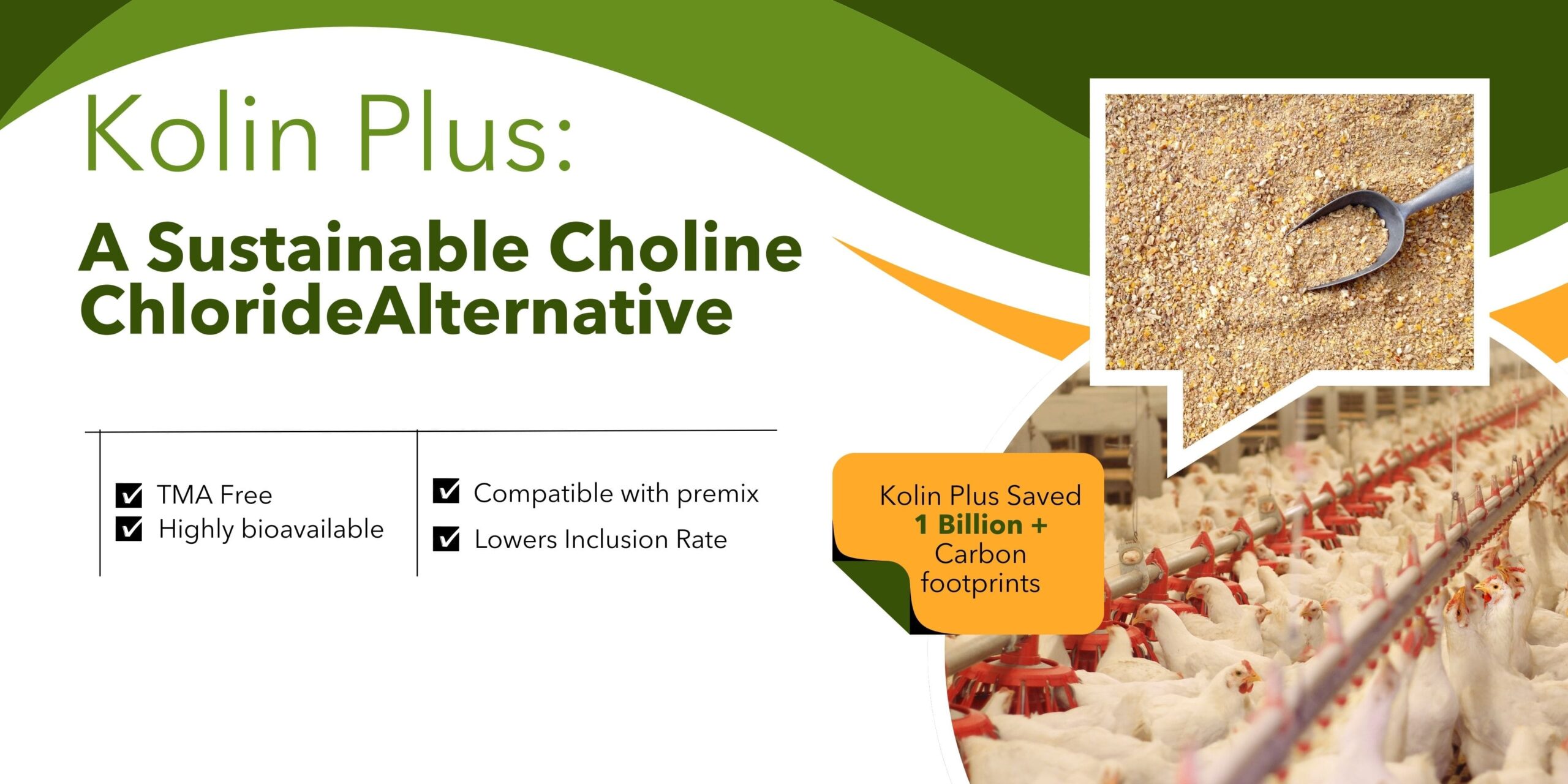Commercial egg-laying chickens reach sexual maturity and begin laying eggs at around 16-18 weeks. By 30-32 weeks, they hit their peak egg production. During the first year of laying, hens maintain a high rate (over 90%), producing an average of more than 320 eggs. After this period, egg production gradually declines, reflecting reduced ovarian function. The ovulatory cycle lasts about 24-26 hours, varying with age—it tends to be shorter in younger hens and longer in older ones. Maintaining good ovarian health is crucial for sustaining optimal egg production, as ovarian and follicle regression commonly leads to reduced egg output.
Reasons for ovary regression
Ovarian regression is often triggered by factors such as low body weight, restricted feed intake, overcrowding, limited feeder space, and infectious diseases. It may also result from severe stress, which is commonly accompanied by feather molting, weight loss, and dehydration.
Several viral infections have also been associated with ovarian regression:
- Newcastle disease
- Marek’s Disease
- Infectious Bronchitis
- Avian influenza
Viral illnesses can lead to a temporary or permanent decline in egg production and result in the generation of lower-quality eggs. The type of reproductive illness observed varies based on several factors, such as the bird’s age, the specific virus strain involved, and the area of the reproductive system that is affected.
Let’s explore how various viral infections impact the reproductive organs and influence egg production rates.
Conclusion
In recent decades, intensive poultry production has shown both benefits and drawbacks. Viral infections that target reproductive organs or cause severe health issues have been found to negatively impact egg production to varying extents. The type of reproductive illness observed depends on factors such as the host species, virus strain, and the bird’s age and immune status. By utilizing advanced techniques like molecular analysis, microscopy, and viral culture and detection, we can deepen our understanding of the pathogenesis of these viral reproductive illnesses. Analytical and biological methods will help uncover systemic changes that may adversely affect egg production and quality.
To effectively mitigate viral challenges, it is essential for customers to maintain strict biosecurity protocols, adhere closely to recommended vaccination schedules, and consider the use of immunomodulators to enhance immune responsiveness.
Addressing ovarian regression in poultry requires a focused approach that supports follicular development, enhances reproductive efficiency, and restores overall ovarian function. EGMAX-MB, a phytogenic product, offers a targeted solution through its unique composition of scientifically validated phytoactives.
The formulation includes:
- Phyto lactones
- Phyto saponins
- Terpenoids
Together, these phytoactives support the regulation of ovulatory cycles, enhance vitellogenesis, and facilitate ovarian tissue recovery. EGMAX MB improves reproductive performance by promoting folliculogenesis, repairing reproductive tract damage, and mitigating oxidative stress through free radical scavenging.
Incorporating EGMAX-MB as part of a structured management program offers poultry producers a natural and effective strategy to maintain optimal ovarian health and sustain productive laying performance.








.png)












.png)

.png)






